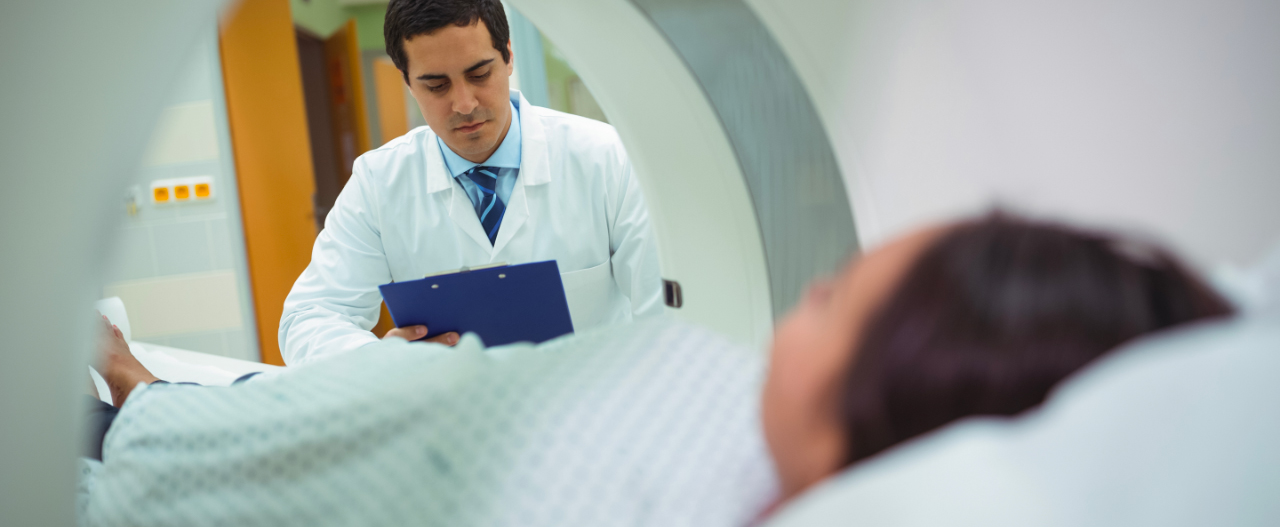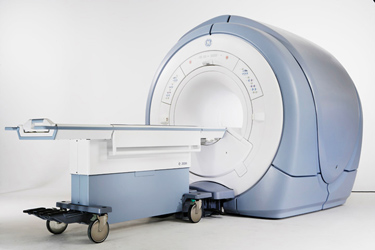 vice-hero__img" />
vice-hero__img" />
Breast MRI
Contra-indications
| Absolute | Relative |
|---|---|
| Pace Maker | Prostheses or osteosynthesis equipment |
| Cardiac Valve | Pregnancy |
| Cochlear Implants | Claustrophobia or anxiety |
| Eye Metallic Slivers | Mental or Unconscious Retardation |
| Hardware Assisted Patient (Oxygen) | Non-removable Dental Appliance |
Sedation
It is administered by anesthetist-resuscitator in women suffering from claustrophobia.
It imposes a fast of 4 hours before the examination.
Conduct of examination
After placing a needle in a vein of the hand, the patient is covered with a coat while lying on her stomach putting her breasts inside a device called antenna.
At the end of the examination, a contrast medium is injected to analyze any breast lesions.
The examinations lasts about 25 minutes.
Equipment
Device :2 1.5T MRI Devices
Supplier :General Electric


Technology
Magnetic Resonance Imaging (MRI) is a cross-section imaging technology using a very powerful circular magnet in which the patient is put. A radio wave will be emitted to provoke the excitation and the displacement of the protons of water contained in the structures and the organs of the explored zone. As soon as this emission stops, each proton returns to its initial equilibrium position and emits an electrical signal. The electrical signal is captured by a device called antenna that is placed on the area of interest. It is then computerized as a point of which the color is ranging from white to black according to its intensity and its position identified.The association of all points will create an image of the explored area.
Unlike other imaging techniques that use only one parameter, MRI has the advantage of being able to combine many analysis parameters (4 to 6) in order to better define the nature of the encountered anomalies. Each image corresponds to a section of defined thickness of the explored region. All images are analyzed individually or in 3D reconstruction.
What is the contribution of MRI ?
MRI is a non-irradiating technique that allows obtaining cross-sections of an explored area in all the planes of space.
Unlike other imaging techniques that use only one parameter, the MRI can combine up to 5 parameters, which allows to visualize, to differentiate and to analyze all the structures of an explored zone.
It is thus of a very high efficiency for the purpose of diagnosis.
It is particularly indicated in women with dense breasts where the detection of lesions is more difficult.
Opening hours
Saturday - Thursday
07:00 - 21:00
Friday
07:30 - 12:30